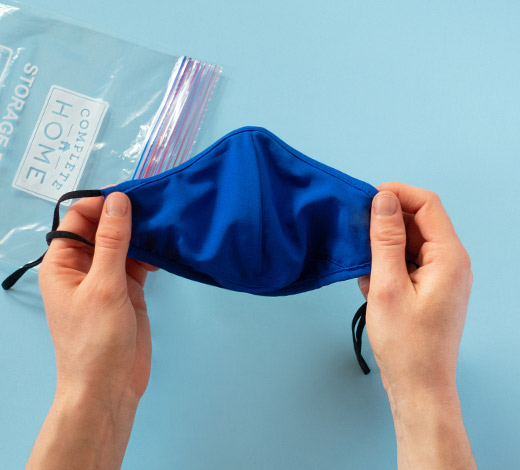“Arthritis” is the term for conditions that cause joint pain and inflammation. Some people with arthritis feel weather changes in their joints, claiming their symptoms get worse when the temperature drops or when rain rolls in. But others with arthritis say the weather doesn’t affect their symptoms. So, who’s right?
Arthritis and the weather: Is there a link?
While research to date doesn’t show a clear connection between the weather and worsening arthritis pain, many people feel that the weather plays a role in their arthritis symptoms. In a 2014 study of older adults with osteoarthritis, two-thirds of participants described themselves as “weather sensitive”. This means they believed the weather affected their arthritis pain. The weather sensitive group seemed to have more pain overall than those who weren’t sensitive to the weather. What’s more, results from a 2015 study showed a link between humidity and self-reported joint pain in those with osteoarthritis. However, changes in weather weren’t significantly associated with reported joint pain.
Even though researchers have been unable to figure out just what matters most about the weather and arthritis symptoms, it’s clear that each person experiences joint pain differently. The most common weather conditions in which patients report increased pain include cold, damp air and falling or rising barometric pressure. Once the weather is settled in, though, pain levels tend to return to where they were before the weather change for some people. As to why increased pain occurs, one theory is that changes in barometric pressure can cause tendons, muscles, bones and scar tissue to contract and expand. This can bring on pain if those tissues are affected by arthritis. Plus, low temperatures may make joints feel stiffer, and stiff joints can be painful to move.
Reducing joint pain in the winter
What should you do if you feel more arthritis pain in winter weather? These tips may help reduce your symptoms:
Dress warmly:
If you have to be outside on cold, damp days, dress appropriately. Wear loose-fitting layers and a hat, scarf, gloves or mittens, warm socks and waterproof boots. Most body heat is lost through your extremities. Covering up your head, hands and feet is the key to staying warm.
Keep moving:
For some people, increased arthritis pain in the winter may actually be due to decreased physical activity. It’s known that exercise can relieve arthritis pain, so not being active can lead to more pain. Stick with your arthritis exercise plan as directed by your doctor.
Plan ahead:
If you’re snowed in, you may not be able to get to the gym. If you live in an area prone to snow and ice, make alternative exercise plans before the weather gets bad. Invest in free weights or resistance bands to keep at home, for instance. Or if you normally exercise outside, consider joining an indoor pool or gym for the winter months.
Following your treatment plan as prescribed can help ease your arthritis pain year round. Managing arthritis often includes taking medication, reaching or maintaining a healthy weight, getting regular exercise and quitting smoking. Be sure to keep up with all appointments and let your doctor know how your joint pain is responding to treatment.
Sources:
https://www.ncbi.nlm.nih.gov/pmc/articles/PMC3996041/
http://www.arthritis.org/living-with-arthritis/tools-resources/weather/
http://blog.arthritis.org/living-with-arthritis/weather-arthritis-pain/
https://www.arthritiswa.org.au/content/page/winter-amp-arthritis.html
https://www.ncbi.nlm.nih.gov/pmc/articles/PMC3996041/
http://onlinelibrary.wiley.com/doi/10.1002/art.24729/full
http://www.arthritis.org/living-with-arthritis/treatments/plan/pain-management-plan.php
https://www.hss.edu/playbook/arthritis-and-the-weather/
https://www.health.harvard.edu/blog/can-the-weather-really-worsen-arthritis-pain-201511208661
https://www.sciencedirect.com/science/article/pii/S1063458416302059#bib1


